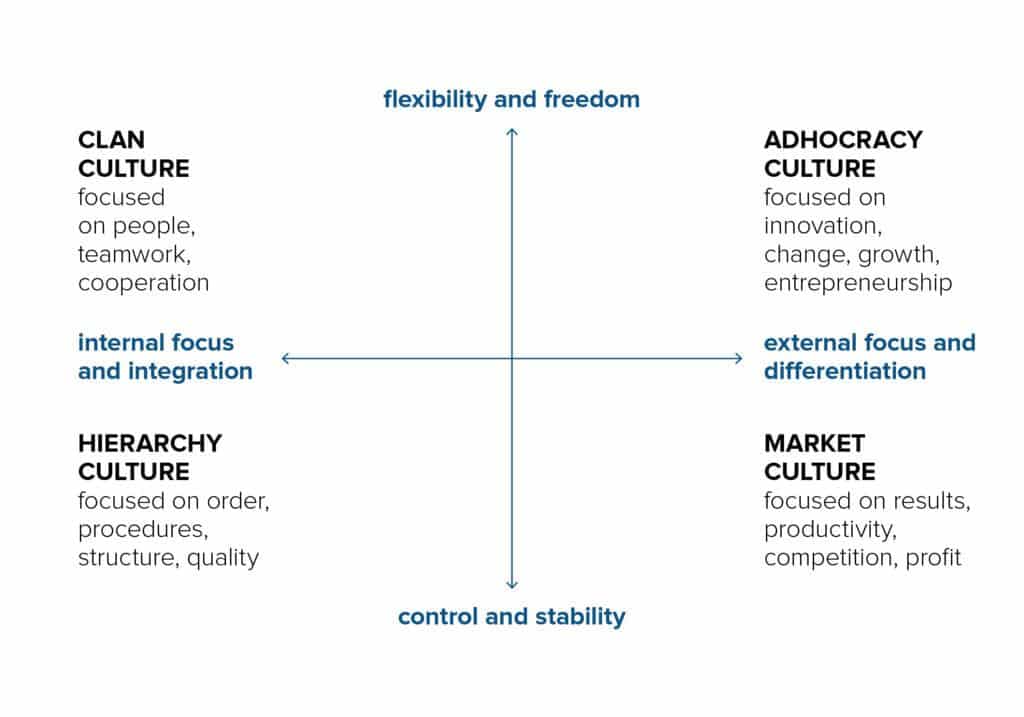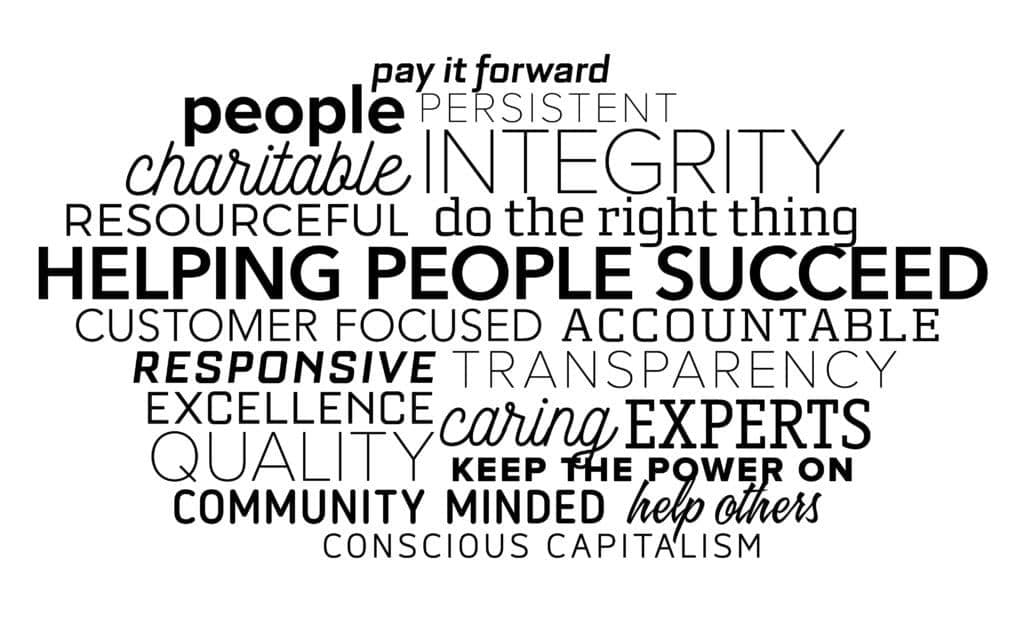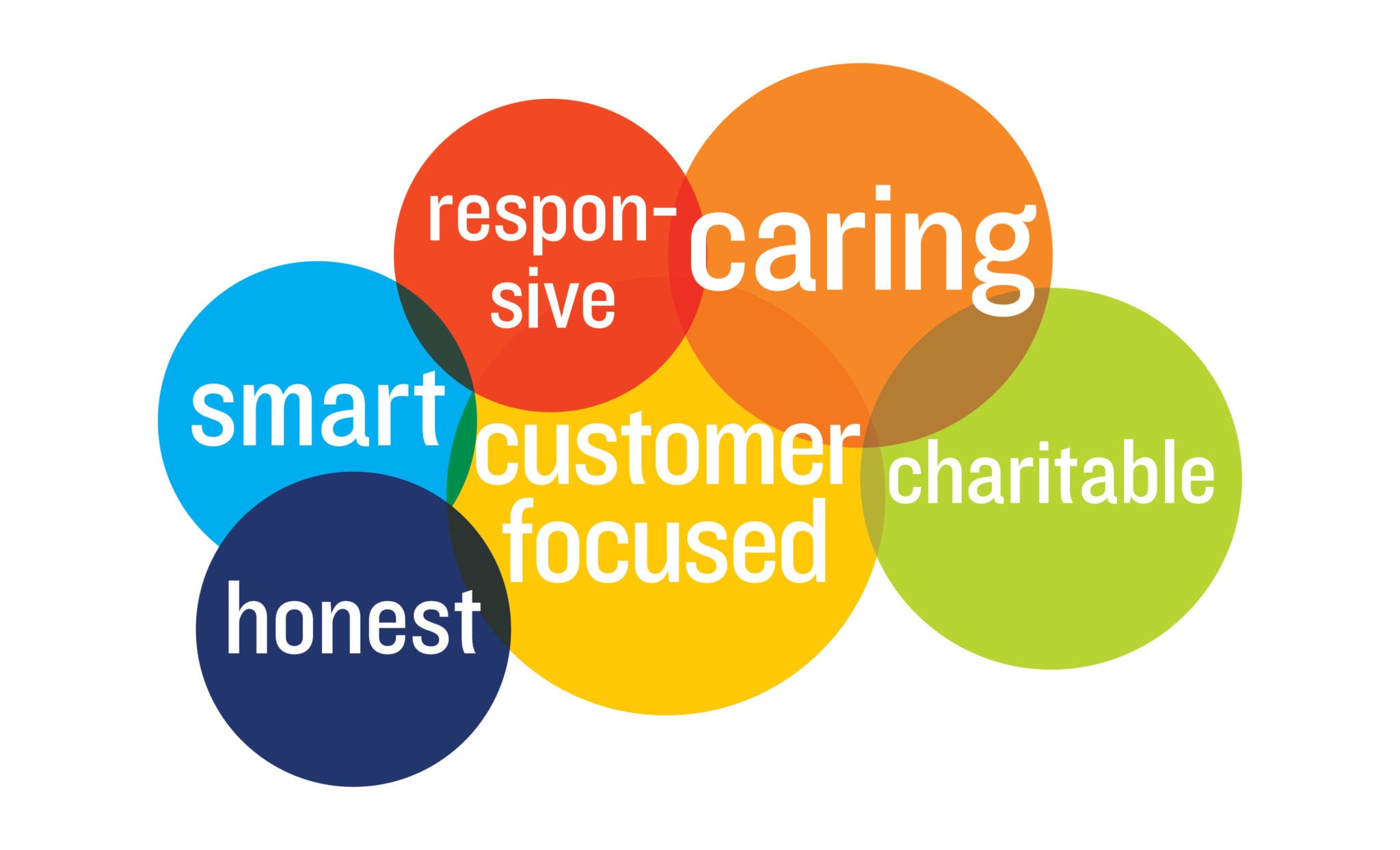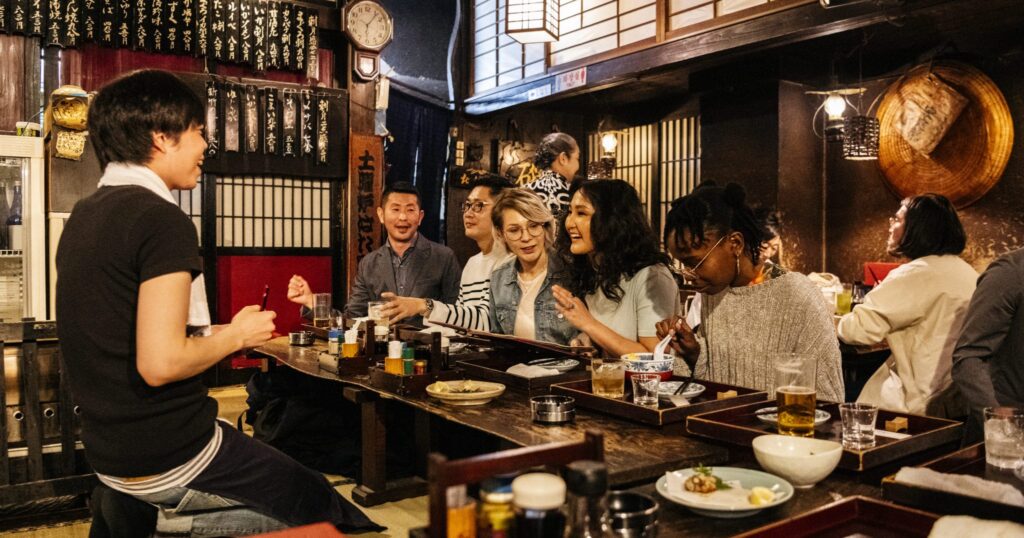Culture is a word that encompasses so much. Culture by definition is the beliefs, behaviors, objects, and other characteristics shared by a group of people. Here, we’re specifically talking about the culture within a brand or company. It’s not tangible, but readily apparent when you walk into an office or a store and spend any time there. It’s elusive, but leadership sets the tone by how they treat employees, customers, and how they react to challenges encountered in the work environment.
Brands like to tout their culture as something that’s part of their brand — contributing to why employees like to work there and why customers are attracted to their company, its products, and aesthetics. So, how do you leverage your culture for branding and marketing?
People believe what your employees believe.
First, let’s understand that culture “happens.” It’s not manufactured but can be highly influenced. It’s very much like water seeking its own level. Culture starts with leadership and how leadership responds to employees and circumstances. According to Robert E. Quinn and Kim S. Cameron there are four types of culture groups.
Clan Culture
A welcoming and friendly working environment that usually exists in small businesses that are commonly family-run. Employees have a lot in common and leaders are seen as mentors. Communication is simple and complex processes are difficult. Great value is placed on teamwork, openness, and collaboration.
Hierarchy Culture
A very procedural and formalized work setting. Efficiency and structure is the order of the day and a smooth running organization is very much dictated by leadership at the top. Roles and responsibilities are an essential part of the organization. This culture doesn’t foster creativity and innovation.
Market Culture
Result-oriented, a market culture places high value on competitive ventures and completion. Leaders demand performance, but reward success and initiative. Having measurable targets and goals is important. This culture is very common among sales organizations and highly motivated teams.
Adhocracy Culture
A highly dynamic culture that fosters risk-taking, creativity, and innovation. Common among entrepreneurs and startups, the adhocracy culture encourages experimentation and emphasizes contributing, individual initiative, and free thinking.
When looking at these culture groups, it’s important to think about what is actually best suited for your organization rather than what you think it should be. You can influence and harness the culture type you fundamentally see working to create a successful environment for your employees. This can translate into messaging about your culture that customers can relate to.

“How you do anything is how you do everything.” — Zen Buddhist
Regardless of what group your organization falls into, it’s important to define what personality traits drive your brand’s culture. Taking a stance on key components that define your company’s culture can give you a platform on which to market benefits or values to customers.
In the end, culture can’t be faked. So, brand authenticity is key to the success of how “marketed” culture is interpreted by customers. As noted earlier, culture starts at the top and when leadership reinforces the values that are foundational to the organization’s culture it becomes ingrained into the brand’s personality. This becomes evident as leadership interacts with employees, and quickly translates to how employees interact with customers.
People naturally gravitate towards others with similar values and beliefs. This holds true with brands as well. Survey your employees and ask them to describe the company. Workhorse goes through this process with clients. Usually, 4 out of 5 clients always include “fun” as a personality trait because they want to appear that way to customers.
However, this shouldn’t be a test of what you’d LIKE the brand to be. This is why we always ask the same questions when we survey their customers. The perception of an external audience is much more valuable and insightful than the internal notion. Internal insights help us identify the gaps, but when the internal and external perceptions agree, we have alignment!
Culture drives strategy.
Translating your culture into things that benefit your customer in ways that you can successfully communicate gives real purpose and meaning to your branding. Culture can seem elusive, but defining the elements that make it up and putting that in written word helps solidify their existence — turning them into responsibilities and actions. Strategies can be built based on these cultural attributes and beliefs. While culture is fluid and can evolve with changing situations and influences, strategies tend to be more defined but should be adaptable. At Workhorse, when we develop brand strategy for clients, we create a “culture map” based on employee interviews and surveys.


This helps us establish internal alignment among employees. We also define brand personality based on direct input from customers. Together, we use these models to determine tone and profile for the language we’ll use for their marketing campaigns. Everyone at the table must be in agreement and believe in the chosen profile. If you share what you truly believe, customers that share those beliefs will be attracted to you. And most importantly, be consistent or they won’t believe in your brand.
As always, Workhorse is here to help you solidify your culture, branding, and marketing. Contact us today to see how we can help you reach your marketing goals.

